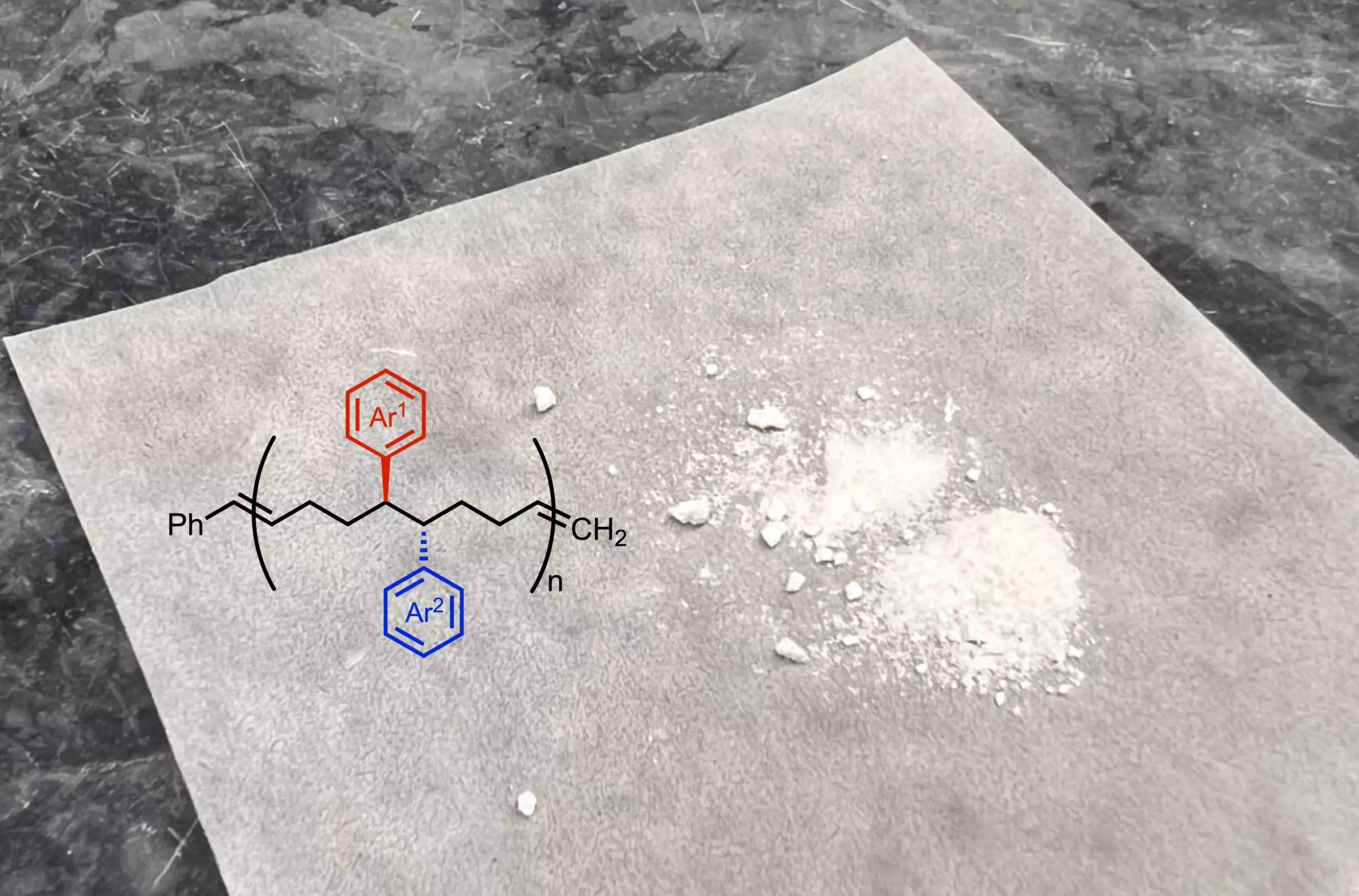Polymers are often compared to trains, where each car represents a monomer, and the connections resemble the chemical links that bind these monomers together. This analogy highlights the modular nature of polymers, making them essential in various applications ranging from drug delivery systems to construction materials. However, the functional capacity of these polymers is largely dictated by the chemical uniformity of their monomer building blocks. Recent advancements from Scripps Research suggest a paradigm shift in how unique monomers can be synthesized, allowing for the creation of polymers with tailor-made properties.
Researchers at Scripps Research, alongside experts from the Georgia Institute of Technology and the University of Pittsburgh, have achieved groundbreaking results by developing a new reaction mechanism that employs nickel as a catalyst. This innovative process not only facilitates the creation of distinct monomers but also opens avenues for developing polymers with enhanced and customizable properties. As stated by Dr. Keary Engle, a prominent chemist involved in the study, the use of nickel—an abundant earth metal—represents a significant leap toward creating materials with previously unachievable diversity and functionality.
Previous methodologies for polyhedral synthesis were often limited by the chemical similarities of monomers. The new approach enables the integration of additional “functional groups” onto the starting molecules. By modifying these building blocks, researchers can influence critical material characteristics such as flexibility, elasticity, and solubility, thus enhancing performance based on intended application.
The study demonstrates the importance of interdisciplinary collaboration in scientific research. The Engle lab’s expertise in small molecule synthesis converges with the polymer research community, providing a comprehensive understanding that is essential for advancing the field. The collaborative efforts among graduate and postdoctoral researchers allowed for scaling methodologies to produce unique polymers, showcasing how diverse scientific backgrounds can contribute to robust research outcomes.
Anne Ravn, a postdoctoral researcher and co-first author of the study, emphasizes the relationship between monomer chemistry and polymer properties. Her insights underline the transformative potential of introducing varied chemistries at the polymer’s backbone, resulting in materials that possess desirable functionalities. This in-depth understanding propels further exploration into how different chemical modifications can drastically alter the performance of polymers.
The innovative reaction mechanism developed by the team is a crucial element of this study. It modifies the molecular structure of initial materials using nickel as a catalyst and introduces two new functional groups. This modification allows for a more intricate architectural arrangement when the monomers polymerize, resulting in unique structures.
Traditional polymers often feature elongated sections of carbons with minimal variation, limiting their material properties. In contrast, the approach detailed in this research adds functional variations at closer intervals, significantly altering the resulting material’s characteristics. This capability allows for the design of polymers that are not only novel but also tailored for specific applications such as energy storage and microelectronics.
One of the standout features of the new methodology is its potential sustainability. Nickel, as a catalyst, is not only readily available but also poses fewer environmental challenges compared to precious metals typically used in such reactions. The researchers aim to further this sustainability aspect by developing mechanisms for degrading these long-chain polymers. By returning to the original monomer building blocks, they envision a system that allows for the reuse of materials, reducing waste and promoting a circular economy in polymer production.
Dr. Ravn highlights the ambition behind this research, suggesting that future investigations will explore various functional groups to determine their impact on polymer characteristics. This continual refinement reflects a dedication to advancing polymer chemistry sustainable processes while emphasizing innovation.
The findings from Scripps Research represent a significant stride towards unlocking new potentials in polymer synthesis. By leveraging nickel-catalyzed reactions, the team has paved the way for creating unique and functionally diverse monomers. The research not only enhances the scientific community’s understanding of polymer chemistry but also prioritizes environmental sustainability, showcasing responsible innovation. As the team continues to refine their methods, the implications for industries reliant on polymers—from medicine to technology—are bound to be profound and far-reaching. The pathway to novel materials is increasingly becoming a reality, promising a future filled with possibilities in polymer applications.


Leave a Reply